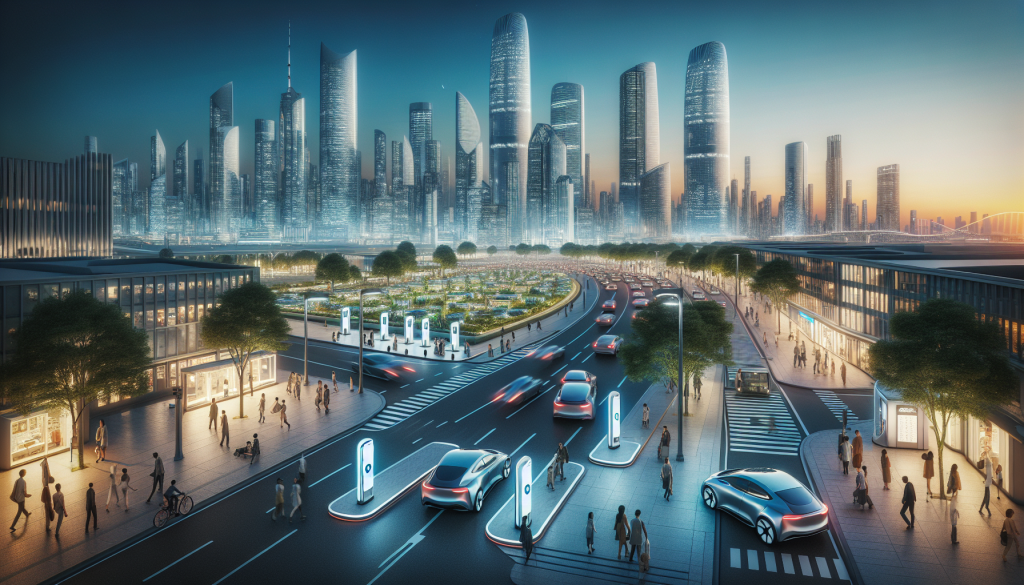
The Silent Revolution: How EVs Are Reshaping City Planning
The Silent Revolution: How EVs Are Reshaping City Planning
Electric vehicles (EVs) have been dominating the headlines, promising to revolutionize transportation as we know it. However, their impact goes far beyond just transforming the way we commute. The rise of EVs is quietly reshaping the very fabric of city planning, forcing urban planners to rethink the way our cities are designed and built. In this article, we will explore the profound changes that EVs are bringing about in city planning and how it will affect the way we live in the future.
The Rise of EVs: A Game Changer
In recent years, there has been a surge in the popularity of EVs, with more and more people choosing to go electric. This shift can be attributed to a number of factors such as financial incentives, environmental concerns, and technological advancements. With the push towards cleaner and greener methods of transportation, EVs are emerging as a viable alternative to traditional gasoline-powered vehicles.
The Impact on City Planning
The rise of EVs is causing a seismic shift in how we plan and design our cities. With the increasing demand for EV charging stations, city planners are now faced with the task of integrating these facilities into city infrastructure. This means retrofitting existing parking structures and public spaces with charging stations, as well as incorporating these facilities into the design of new buildings and developments.
Moreover, the increased use of EVs will also have implications for traffic flow and road networks. As more EVs hit the streets, there will be a need to reassess and redesign the transportation routes to accommodate for charging stops and to optimize traffic flow. This will also have an impact on public transport, with a potential decrease in the need for traditional bus and train services as more people opt for EVs.
The Benefits of EVs in City Planning
While the impact of EVs on city planning may seem daunting, there are numerous benefits that come with embracing this silent revolution. One of the most significant advantages is the reduction of carbon emissions, leading to cleaner air and a healthier environment. The increased use of EVs will also have a positive influence on traffic congestion, as well as reducing noise pollution.
Additionally, the integration of EVs into city planning has the potential to create new job opportunities and foster economic growth. With the demand for charging stations and associated services, there will be an increase in job opportunities related to the maintenance and operation of these facilities, as well as the manufacturing of EVs.
The Future of City Planning
The rise of EVs is just the beginning of a major transformation in city planning. As we move towards a more sustainable and eco-friendly future, there will be a greater emphasis on integrating clean transportation into the fabric of our cities. This will involve the development of EV-friendly infrastructure, innovative urban design, and changes in zoning regulations to accommodate for EV charging stations.
Moreover, with the continued advancements in technology, it is not far-fetched to envision a world where EVs are seamlessly integrated into the smart city concept, with vehicles communicating with traffic signals and other infrastructure to optimize traffic flow and reduce congestion.
The Bottom Line
The rise of EVs is sparking a silent revolution in city planning. As more people make the switch to electric vehicles, cities will need to adapt to accommodate this change. From redesigning transportation routes to incorporating charging stations into city infrastructure, EVs are reshaping the way our cities are built and designed. With the numerous benefits that come with this transformation, it is clear that the future of city planning is electric.
